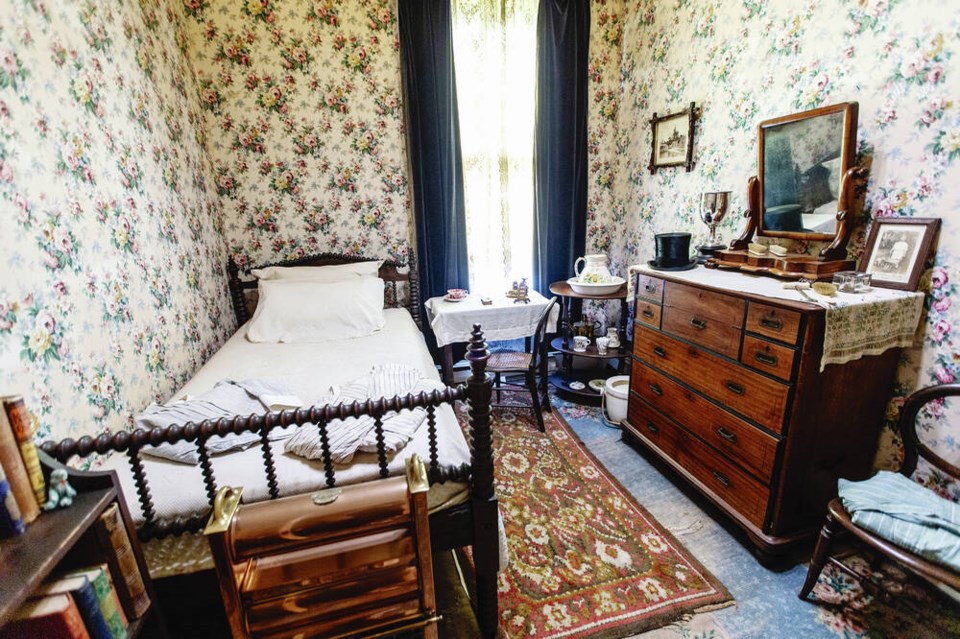A commentary by the executive director of the sa国际传媒 Museums Association.
Every autumn after receiving recommendations from the public through a participatory budgeting process, the provincial government works to set funding priorities for the following year’s provincial budget — usually announced around February. During this critical period, funding decisions are made that can shape entire industries.
Right now, British Columbia’s arts, culture and heritage sector waits on edge as it faces an uncertain future.
This sector generates about $4.4 billion annually for the provincial economy. Since 2019, sa国际传媒 has been the only province to see GDP growth in this sector. For nearly 20 years, from the early 2000s to the late 2010s, the province spent less per capita on arts, culture and heritage than any other province.
And while meaningful new investments have been made in recent years, the legacy of this chronic under-investment is being witnessed in communities large and small across the province.
We see this manifest in the shuttering of cultural institutions like the Bateman Gallery and Point Ellice House Museum and Gardens in Victoria.
But we also see this in cries for help, like the Vancouver Folk Festival nearly closing this year, only to be saved by an outpouring of community support and a one-time special grant from the province.
Special funding can save an organization on the brink of collapse only once. British Columbia’s arts, culture and heritage can’t thrive if our future is determined from emergency to emergency.
It is all but guaranteed that the future will hold more emergencies.
This past summer the Music on the Mountains Festival was forced to relocate due to forest fires.
The Sncewips Heritage Museum in West Kelowna had to close several times this summer as their staff lived in wildfire evacuation zones.
Unprecedented drought forced Butchart Gardens to cancel the summer fireworks shows, and Arts Revelstoke cancelled part of its evening music series due to smoke and travel restrictions.
The Royal sa国际传媒 Museum sits on a fault line and is decades overdue for seismic upgrades. This list could go on — this is a mere taste of the disruptions and uncertainty faced by the cultural sector.
It’s misleading of me to say that “British Columbia’s arts, culture and heritage sector waits on edge as it faces an uncertain future” because if the status quo of the past 20 years doesn’t change, the future is certain.
If the provincial government does not work with the sector to create a new vision for the future, we are going to see more and more layoffs, program reductions and closures.
As a province, we can choose to prioritize innovation and vibrancy or we can continue to ignore the many warning signs of the past years and continue to witness the slow disappearance of our shared arts, culture and heritage.



